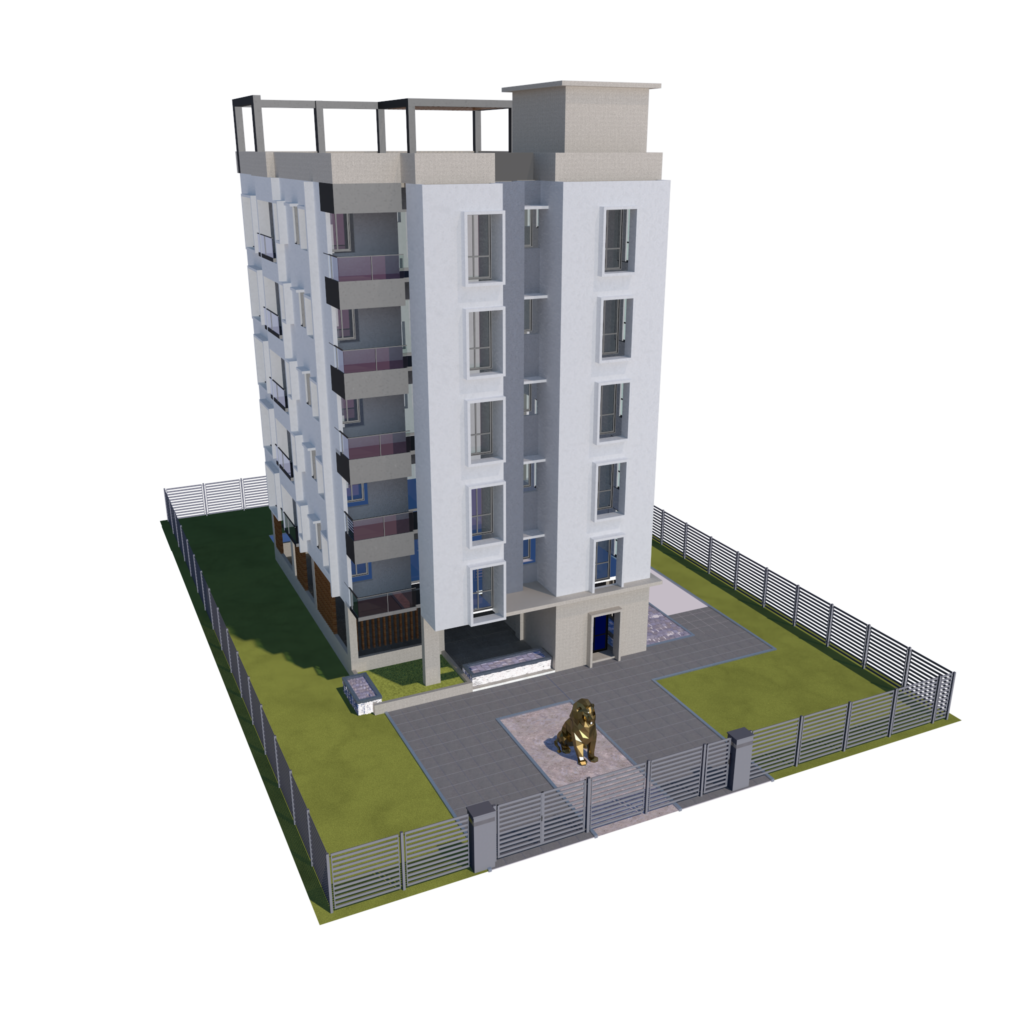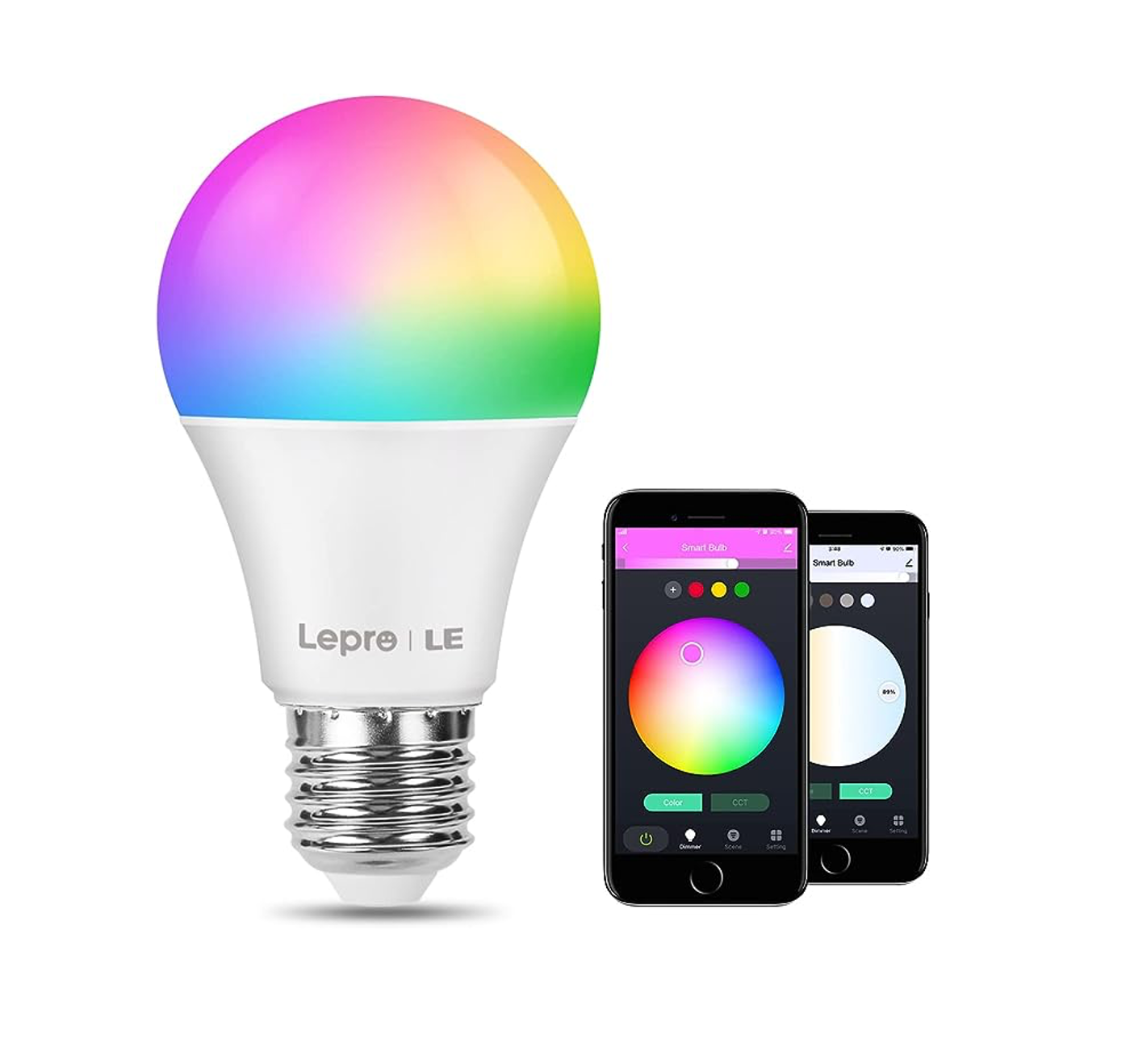Office building
Office | Industry
Business Smart Home Solutions
Diverse Device Selection
Continuous observation for efficiency.
Optimal Temperature Control
Vigilance Ensured
Illuminate Smartly

NETWORK EFFICIENCY
Efficient Business Smart Home Solutions
Revolutionize your larger-scale infrastructure, from warehouses to high-rises and industrial spaces, with our professional-grade smart bus solutions.
INTERCONNECTIVITY
A bus system in a network enables efficient data transmission between different participants, such as actuators and sensors. The term „bus“ stands for „binary unit system“.
The participants are usually connected to each other via a 2-wire, twisted copper cable. Similar to the nervous system in the human body, all control information is transmitted via this bus line in order to control the consumers (actuators) in the building and receive information from the command transmitters (sensors). The signal voltage is in the safety extra-low voltage range (<25V DC). This ensures safe and reliable communication in the system.

In a bus system, fixed system components are an integral part of every message exchange. These components include:
Turpis vel pharetra tempus venenatis arcu suscipit per netus cras fermentum efficitur semper donec montes nostra blandit ultricies pellentesque metus dis
Physical sensors, such as touch sensors, motion sensors, brightness sensors, thermostats and similar devices.
Bus system actuators, which include devices such as heaters, lighting systems, blinds and air conditioning units.
KNX system devices, which are responsible for the power supply and data transfer in the system.
The use of a bus system offers a number of advantages, including
- Flexibility: The ability to adapt the room layout or reposition electronic devices.
- Expandability: The integration of additional sensors and actuators into the existing bus system.
- Saving on control cables: Reduction in the need for cable material.
- Reduction of operating costs: Control through time profiles or presence detectors to optimize energy consumption.
- Energy saving: implementation of energy management systems, smart metering and smart grid technologies.
- State-of-the-art electrical installation: provision of a future-proof infrastructure.
- Remote control: Possibility to control and monitor systems externally, for example via mobile devices.
- Reliable wireless solutions: Use of wireless technologies for electrical installation.
Favourite Products
Latest Posts
Newsletter
Sign up our newsletter to get update information, news and free insight.
| M | D | M | D | F | S | S |
|---|---|---|---|---|---|---|
| 1 | 2 | |||||
| 3 | 4 | 5 | 6 | 7 | 8 | 9 |
| 10 | 11 | 12 | 13 | 14 | 15 | 16 |
| 17 | 18 | 19 | 20 | 21 | 22 | 23 |
| 24 | 25 | 26 | 27 | 28 | 29 | 30 |














